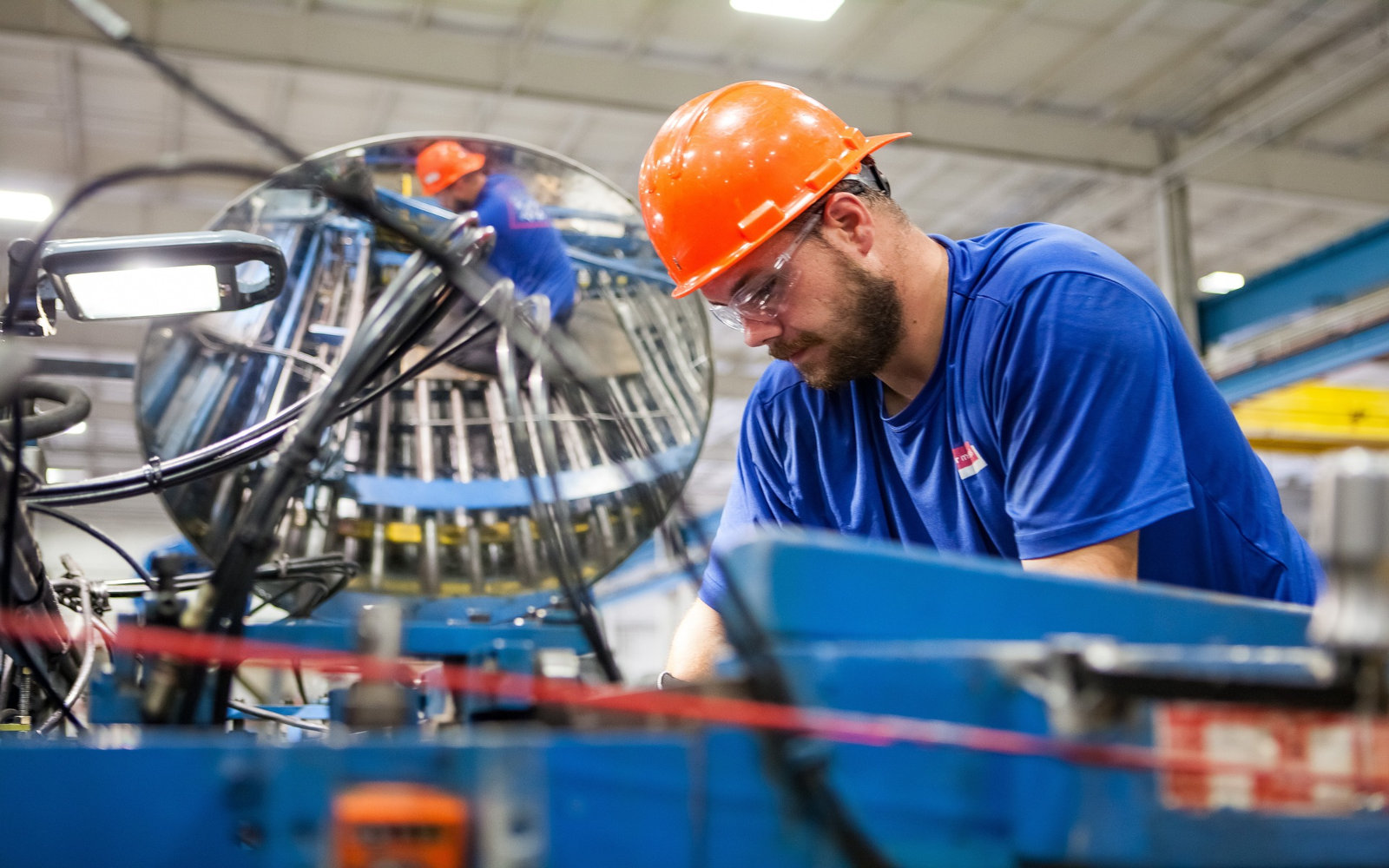Oxygen is a critical component of the atmosphere, essential for life and numerous industrial processes. However, both depletion and enrichment pose significant risks in industrial settings, potentially leading to hazardous situations if not properly monitored and managed.
This article aims to provide a comprehensive understanding of these risks, its importance in industrial environments, and actionable insights for ensuring safety. By focusing on these aspects, we can help safety managers, industrial hygienists, plant managers, safety consultants, quality managers, and lab managers better protect their workplaces.
The Importance of Monitoring Oxygen Levels
Normal atmospheric oxygen concentration is about 20.9% by volume. Deviations from this norm can lead to dangerous conditions. Depletion occurs when levels fall below 19.5%, while enrichment happens when levels exceed 22%. Both scenarios present unique hazards that must be addressed through vigilant monitoring and appropriate safety measures.
Oxygen Depletion
Causes and Effects
Depletion can result from various processes, including:
- Respiration and Combustion: In confined spaces, human respiration and combustion processes can rapidly reduce oxygen levels.
- Dilution by Other Gases: Gases such as carbon dioxide (CO2), nitrogen (N2), and helium (He) can displace oxygen. For instance, CO2, being heavier than air, tends to accumulate at lower levels, displacing oxygen from the breathing zone.
- Chemical Reactions: Corrosion and other chemical processes can consume oxygen, reducing its concentration.
The table below illustrates how different concentrations of diluent gases affect oxygen levels:
| Diluent Gas Concentration | Resulting Oxygen Concentration |
|---|---|
| 0.5% | 20.8% |
| 1% | 20.7% |
| 5% | 19.9% |
| 10% | 19.0% |
| 15% | 18.2% |
| 20% | 17.4% |
| 25% | 16.7% |
Monitors typically trigger a first-stage alarm at 19% concentration, with a second alarm set at 17%. Exposure to levels between 10% and 13% can lead to unconsciousness, and levels below 6% are fatal.
Real-World Examples
In non-industrial environments, deficiency can occur in places like bars and basements where CO2 and nitrogen are used. In industrial settings, confined spaces such as pipelines, ships, and tunnels are particularly susceptible. For instance, corrosion in a sealed pipeline can drastically lower oxygen levels, posing a severe risk to maintenance workers.
Oxygen Enrichment
Causes and Effects
Enrichment increases the flammability of materials. Levels above 24% can cause substances that normally smolder to ignite and burn rapidly. Common sources of oxygen enrichment include:
- Leakage from Storage: In hospitals and industrial gas plants, leaks from tanks can lead to enrichment.
- Chemical Reactions: Certain industrial processes may inadvertently increase oxygen levels.
To mitigate these risks, sensors with rising alarms set at 23.5% are commonly used in environments where pure oxygen is stored.
Case Study
A notable incident occurred in a hospital where a tank leak increased the room’s oxygen level to 25%. The enriched atmosphere caused a minor electrical fault to escalate into a significant fire, demonstrating the critical need for effective monitoring and quick response systems.
Actionable Insights for Safety
- Strategic Placement of Oxygen Sensors: Sensors should be located considering the density of potential diluent gases and ventilation patterns. For instance, placing sensors at different heights can help detect both CO2 (heavier than air) and helium (lighter than air).
- Regular Calibration and Maintenance: Ensure that all monitoring equipment is regularly calibrated and maintained to provide accurate readings.
- Training and Awareness: Employees should be trained to recognize signs of deficiency and enrichment and to respond appropriately to alarms.
- Implementation of Advanced Monitoring Systems: Invest in sophisticated systems like the Interscan Accusafe or GasD 8000, which offer reliable detection and alarm capabilities for both depletion and enrichment scenarios.
Understanding and managing oxygen risk is crucial for maintaining safety in industrial environments. By monitoring levels and implementing appropriate safety measures, industrial facilities can prevent accidents and protect their workforce.
For a more detailed understanding of monitoring systems and to request a quote for an Interscan gas detection system, please contact us today.
For expert advice on oxygen monitoring and to ensure your facility is equipped with the best safety systems, contact Interscan Corporation to request a quote on the Accusafe or GasD 8000 gas detection systems. Protect your workplace and employees with cutting-edge technology designed to keep you safe.


